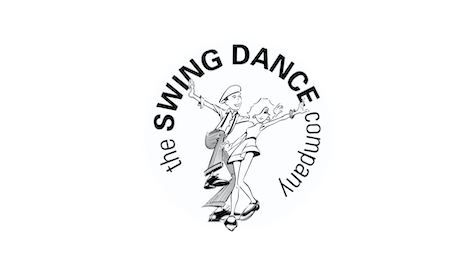Frequently Asked Questions
Q. I've never danced before but want to start, what is the best way?
A. We recommend you start by signing up to an Absolute Beginners Jive Course, you can find these here!
Q. How do I book my free trial dance class?
A. We use a simple online booking system, a step-by-step guide to booking your free trial can be found on this post. https://theswingdancecompany.co.uk/book-your-free-trial-dance-class/
FAQs About Your Tickets
Q. How will I receive my event tickets / course booking confirmation
A. Your booking confirmation will be sent to you via email. For bookings that include multiple places, the email addresses for each person within your booking will also be sent an email with a PDF attached containing their ticket(s).
Q. The email containing my confirmation/tickets hasn't arrived. What should I do?
A. Once you complete the checkout process, the email is sent automatically. However, it may sometimes take a bit longer to arrive due to occasional delays between mail servers. No need to worry! If it still hasn't arrived after about an hour, here's what you should do:
Step 1 - Check your email’s Junk/Spam folder. This is the most common cause, especially if it's your first time booking with us and your email safety settings are strict. Your email service provider might be cautious. Simply mark us as a safe sender and move the tickets from spam!
Step 2 - If it has been more than an hour and you can't find the email in your inbox or junk folder, there might be a typo in the email address you provided. Please email us at info@theswingdancecompany.co.uk with the email address you used during checkout, and we’ll look into it for you!
Q. Do I need to print my tickets, or can I show them on my smartphone?
Please show your tickets on your smartphone if possible! Just make sure you can open the PDF attachment with your eTickets so we can scan the barcodes. If your signal might be spotty or you’re low on data, it’s a good idea to download the PDF ahead of time.
If you prefer to print your tickets, black and white, double-sided, or half-size (A5) are all acceptable. As long as the barcodes are clear, we’re happy!
FAQs About Dance Styles
Q. Is swing dance/jive the same as lindy hop?
A. Our SwingJive courses were designed as an easy pathway for people with no previous dance experience to build the confidence and skills to be able to learn Lindy Hop, which is a more challenging style in terms of footwork, technique and musicality. At our Intermediate level we introduce 6 beat and Lindy Charlestons rhythms (which make up part of Lindy Hop), at our Inters Plus levels we develop those rhythms further.
Swing dance is a term that covers a variety of dances done to swing music, Lindy Hop is one of those styles. Our SwingJive courses include influences from a wider range of sources than just Lindy Hop and were designed with simpler material at the beginner level.
Q. What's the difference between lindy hop, jive, jitterbug, swing, boogie woogie, rock'n'roll, swing jive, modern jive, and ballroom jive?
A. Tldr: they're all partner dance styles or music styles. Each dance styles evolved out of another to suit different music, so you can think of them as being progressively linked rather than distinctly different from each other.
Swing is a style of music that became popular during the Big Band jazz era, through the 1930s and 1940s. The dance that developed to swing music in this era in the US was called lindy hop, a term first coined in 1928. Dancers had added improvisation to the Charleston, which was popular in the 1920s. Lindy hoppers were often also called jitterbuggers because of their energetic style when dancing fast. Jive started as a derogatory term for bad lindy hoppers but came to the UK during WWII and became an umbrella term for various swing dances.
Rock'n'Roll music gained popularity after the war, especially in the 1950s, and in the UK, jive became the dance style associated with rock'n'roll music.
Boogie-Woogie is a music genre that's similar to swing music, most swing dancers love dancing to Boogie Woogie music. Both boogie woogie and swing music share roots in African American musical traditions, although they have distinct rhythms, tempos and instrumentation that differentiate them from each other. Boogie Woogie dance is styalised to reflect these differences.
Social partner dancing declined in popularity during the 1960s and 70s, though there were still enthusiasts. During this time, ballroom jive was adapted to suit ballroom schools, and it was grouped with the Latin styles.
American troops also introduced swing music and its dances to France after liberation in WWII, where social dancing continued and evolved into a casual style of rock'n'roll with minimal footwork. An enterprising Englishman saw the potential in this and brought French Jive, also known as Modern Jive, to the UK, where it grew through the 1980s and 90s and remains popular today.
During the early years of The Swing Dance Company, we simply called our courses "Jive courses", but our dancers started to refer to SwingJive when attending our practice nights. After some hesitation, we embraced this term, which wasn't previously in common use, so SwingJive started around 2005 and fits somewhere between Modern Jive and Lindy Hop.
You'll explore all these styles through our series of SwingJive courses. At The Swing Dance Company, we've created a pathway that starts with the basics, requiring minimal footwork and technique. As your confidence and skills grow, you'll add the style and complexity of the earlier eras!

